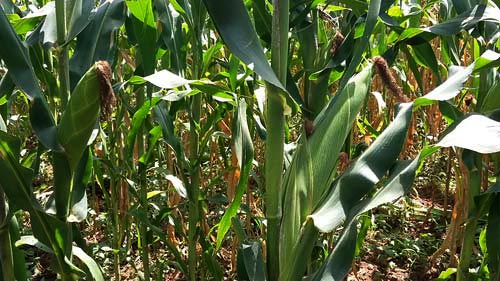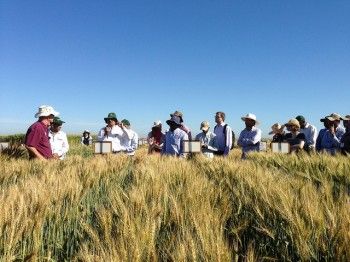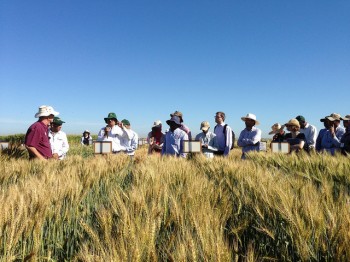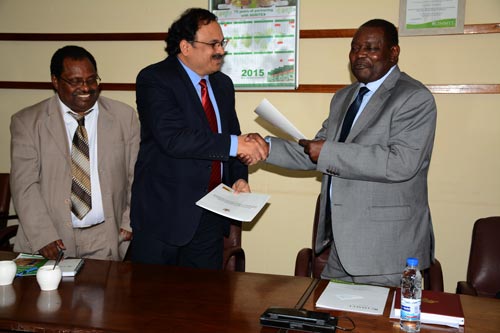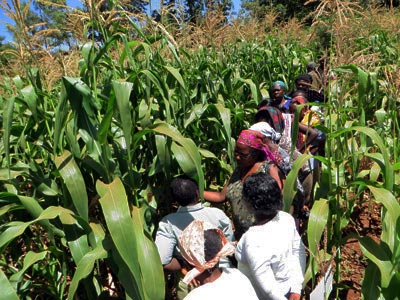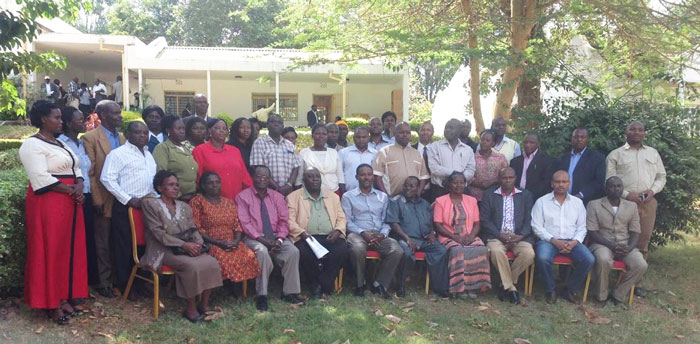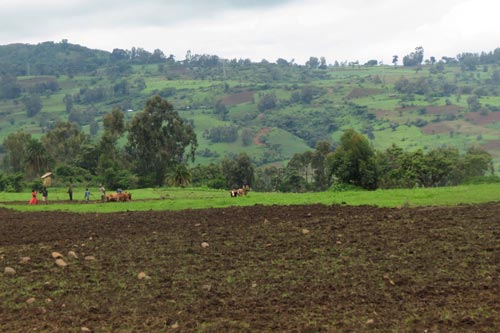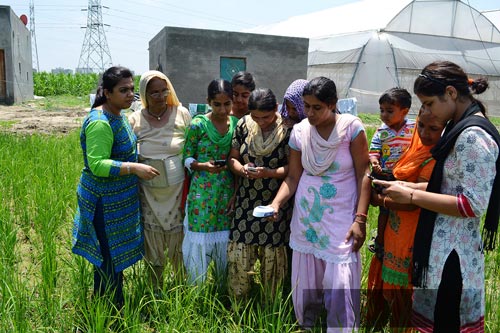Value of CGIAR wheat estimated at up to $3.8 billion a year, research shows
SYDNEY, Australia (CIMMYT) – About 70 percent of spring bread and durum wheat varieties released globally over the 20-year period between 1994 and 2014 were bred or are derived from wheat lines developed by scientists working for the 15-member CGIAR consortium of agricultural researchers, according to new research.
Benefits of CGIAR wheat improvement research, conducted mainly by the International Maize and Wheat Improvement Center (CIMMYT) and the International Center for Agricultural Research in the Dry Areas (ICARDA), range from $2.8 billion to $3.8 billion a year, states a new policy brief, which highlights the economic benefits of international collaboration in wheat improvement research.
The research featured in the policy brief, which follows a series of global wheat impact assessments initiated by CIMMYT, was the focus of a keynote address at the 9th International Wheat Conference (IWC), hosted in Sydney, Australia from September 20 to 25, 2015.
“The policy brief shows the vital contribution CGIAR and CIMMYT have played in delivering international public goods in the form of improved maize and wheat varieties for resource poor consumers,” said Hans Braun, director of CIMMYT’s Global Wheat Program and the CGIAR Research Program (CRP) on Wheat.
“Values reflect the increasing use of high-yielding modern varieties on more land area and higher mean wheat prices during the period under review,” Braun said.
A primarily publicly funded breeding pipeline established by CIMMYT in the 1960s and 1970s to help stave off famine in Asia and other regions in the developing world, distributes about 600 elite lines a year worldwide through its international wheat improvement network.
About $30 million is invested in international wheat improvement research annually, mainly through publicly funded research conducted with CIMMYT, national partners, ICARDA and the Wheat CRP.
“Our findings indicate that international wheat improvement research continues to generate high returns,” Braun said.
“The influence of CIMMYT’s publicly funded research resounds throughout the developed world and in private industry. The private sector benefits from CIMMYT’s work, ultimately profiting from a trustworthy, streamlined wheat breeding system which eliminates the need for costly duplication of efforts.”
Globally, about 150 to 160 million tons of wheat are traded a year at a value of roughly $250 a ton.
“Agricultural sectors in wealthy donor countries also benefit from CIMMYT’s work,” said Martin Kropff, CIMMYT’s director general, referring to investment in research and development for the poor as a “triple win.”
“The effectiveness and the return on public sector investment are extremely high,” Kropff said. Investment leads to more food and income for the rural poor, lower prices for the urban poor and extra stability and income for farmers.”
Wheat currently provides 20 percent of calories and 20 percent of protein to the global human diet. However, in some countries, such as Afghanistan, wheat provides more than half the food supply.
By 2050, the current global population of 7.3 billion is projected to grow 33 percent to 9.7 billion, according to the United Nations. Demand for food, driven by population, demographic changes and increasing global wealth will rise more than 60 percent, according to a recent report from the Taskforce on Extreme Weather and Global Food System Resilience. This demand can only be met if global investments in wheat improvement are significantly increased.
Lantican, M.A., T.S. Payne, K Sonder, R. Singh, M. Van Ginkel, M. Braun, O. Erenstein and H.J. Braun. (in press). Impacts of International Wheat Improvement Research In the World, 1994-2014. Mexico, D.F.: CIMMYT
PDF Version
FOR FURTHER INFORMATION
Julie Mollins
News Editor & Media Manager
Global Wheat Program
International Maize and Wheat Improvement Center (CIMMYT)
E-mail: j.mollins at cgiar.org
Skype: juliemollins
Twitter:@jmollins
Related Research:
Braidotti, Gio. The international nature of germplasm enhancement [online]. Partners in Research for Development, Nov 2013: 27-29. Availability:<http://search.informit.com.au/ ISSN: 1031-1009. [cited 08 Sep 15].
Brennan, John P. and Kathryn J. Quade. Evolving usage of materials from CIMMYT in developing Australian wheat varieties. Australian Journal of Agricultural Research, 2006, 57, 947-952.
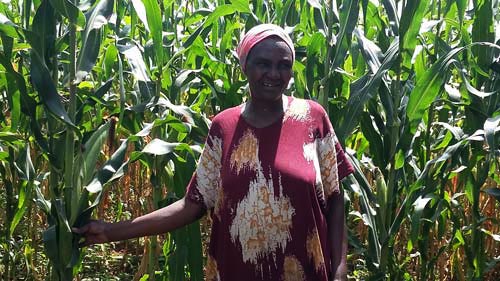 Poor soil fertility is a major – yet often overlooked – factor affecting food production in Africa. Farmers suffer low yields and crop failure due to poor soils, a situation that has crippled food security for millions of smallholders in the continent.
Poor soil fertility is a major – yet often overlooked – factor affecting food production in Africa. Farmers suffer low yields and crop failure due to poor soils, a situation that has crippled food security for millions of smallholders in the continent.
